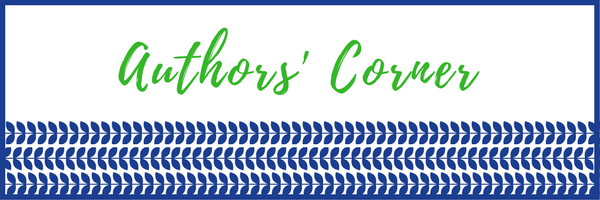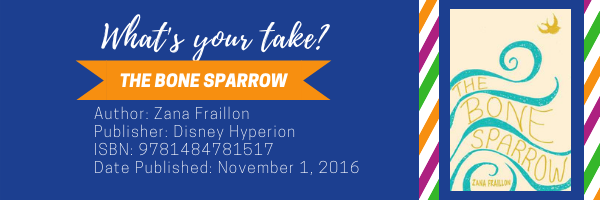Judi Moreillon, University of Illinois, Urbana-Champaign
This post summarizes IS445 Information Books and Resources for Youth graduate students’ learning outcomes and reflections. I also included my brief reflection on teaching the course at the end of this post.
Small Group Collaborative Inquiry Projects
As noted in last week’s WOW Currents blog post, IS445 Information Books and Resources for Youth graduate students brainstormed topics and formed five inquiry groups. Topics for two of the five groups made natural connections to global books and resources: immigration and refugees. These topics grew out of the prejudice and discrimination pathfinder I provided as a model for students.




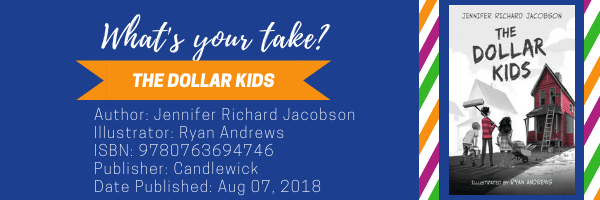

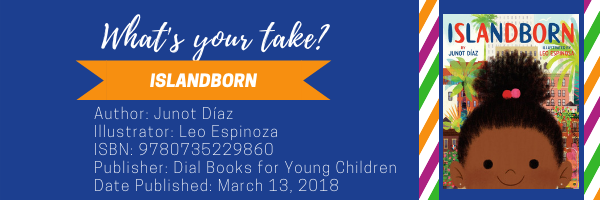
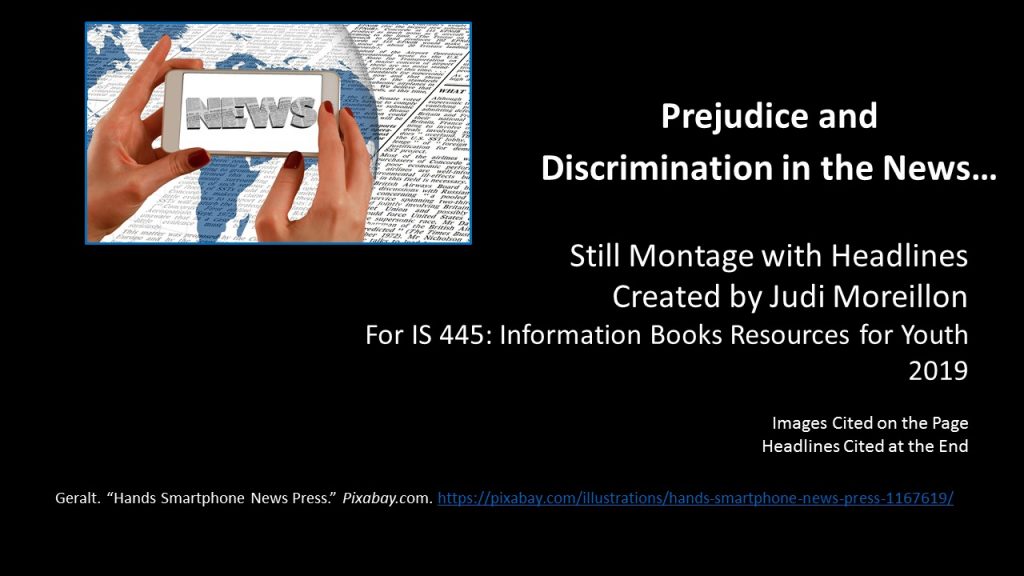
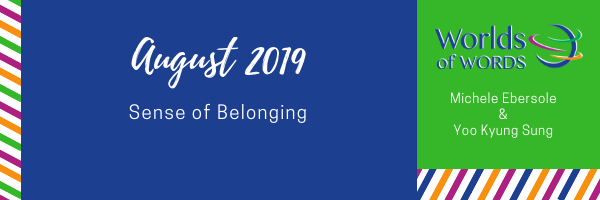
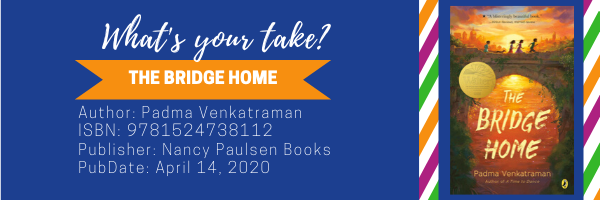

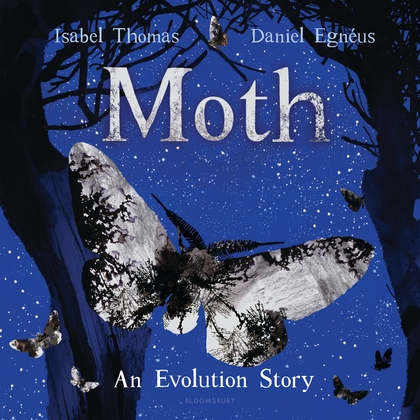 Moth: An Evolution Story by Isabel Thomas chronicles the “change and adaption, of survival and hope” of the peppered moth during the 19th century, a time of industrial environmental changes. Thomas’ exquisite language use leads readers to explore the cycle of life of these moths. The moths emerged from cocoons, “skittered and swooped… and looped the loop all night long” before laying eggs of their own. These moths were typically spotted in nature as white and peppered with specks of dark, but sometimes they were born “with wings as dark as charcoal.” The lighter speckled moths slept on lichen-covered trees and had better camouflage from prey. “The dark-colored moths made a feast for hungry chicks,” because they stood out on the white tree branches. Industrialization changed the environment so that the air was polluted and trees filled with soot, which altered the survival of the light-colored moths. They were no longer camouflaged from their prey. Now charcoal-colored moths survived in abundance. This might sound like an end to the white-colored moth, but Thomas provides hope in this chronicle. Many years later people decided to be more aware of the environment by cleaning the air and burning less pollutants. Over time “both colors of moths find places to hide and survive.”
Moth: An Evolution Story by Isabel Thomas chronicles the “change and adaption, of survival and hope” of the peppered moth during the 19th century, a time of industrial environmental changes. Thomas’ exquisite language use leads readers to explore the cycle of life of these moths. The moths emerged from cocoons, “skittered and swooped… and looped the loop all night long” before laying eggs of their own. These moths were typically spotted in nature as white and peppered with specks of dark, but sometimes they were born “with wings as dark as charcoal.” The lighter speckled moths slept on lichen-covered trees and had better camouflage from prey. “The dark-colored moths made a feast for hungry chicks,” because they stood out on the white tree branches. Industrialization changed the environment so that the air was polluted and trees filled with soot, which altered the survival of the light-colored moths. They were no longer camouflaged from their prey. Now charcoal-colored moths survived in abundance. This might sound like an end to the white-colored moth, but Thomas provides hope in this chronicle. Many years later people decided to be more aware of the environment by cleaning the air and burning less pollutants. Over time “both colors of moths find places to hide and survive.” 